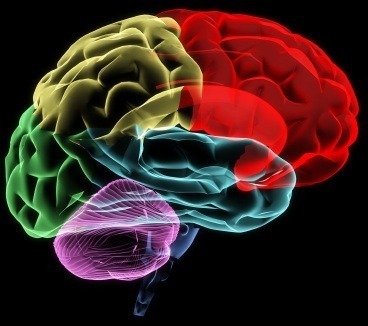Posts Tagged ‘motor-control’
Neuroplasticity in the Brain of Children with Neurological Disorders
The brains of children with neurological disorders seems to exhibit signs of neuroplastic changes, suggesting compensatory mechanisms for the disorder. This result opens up the possibility that brain training may be useful to help these patients control their symptoms. The disorder studied was Tourette syndrome (TS), which usually become evident in early childhood or adolescence…
Read More
